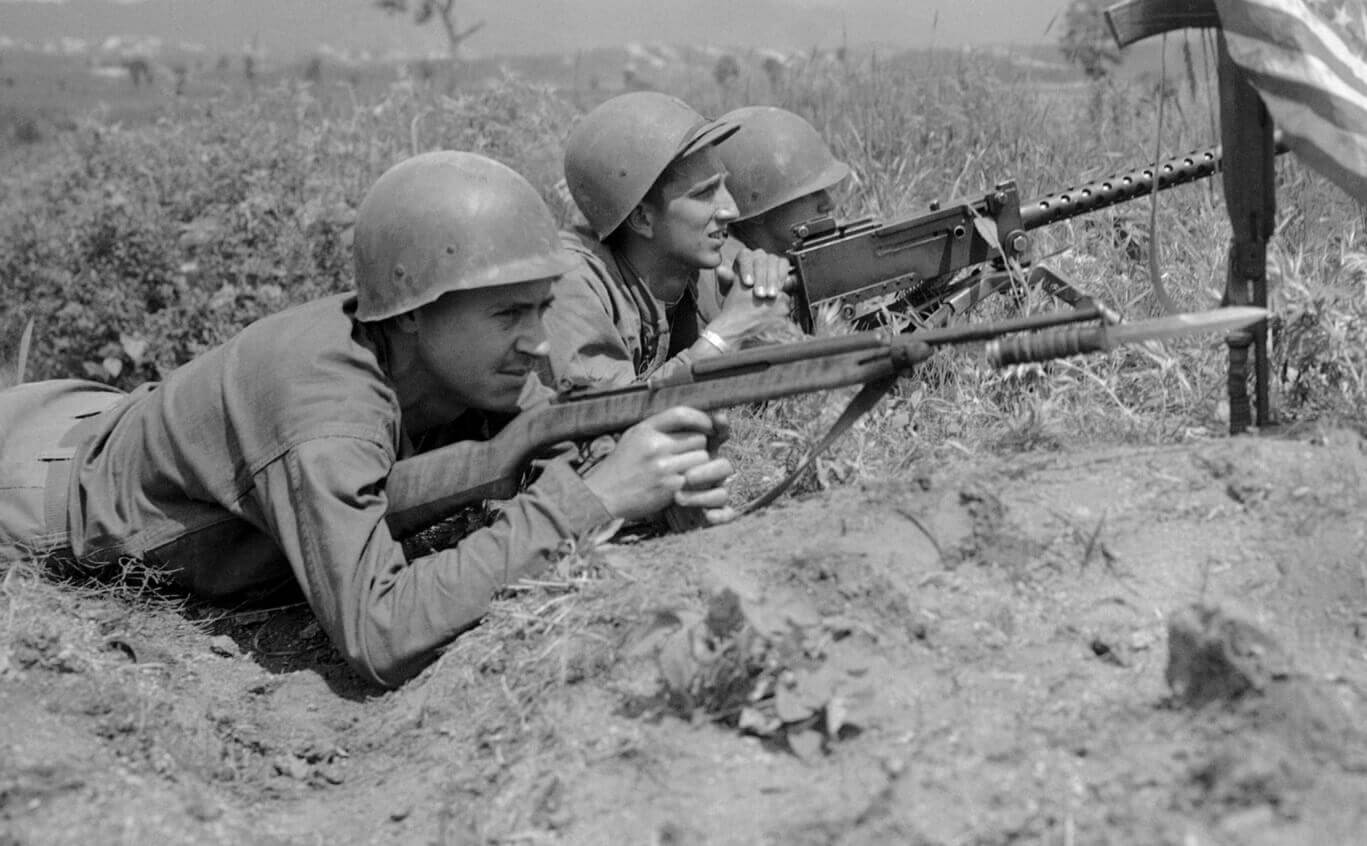
Few guns have as much controversy and longevity to their legacy as the M1 and M2 Carbine. Conceived shortly before World War II, these light rifles were constructed to occupy the space between a pistol and a full-length battle rifle—and succeeded in doing so, for better or ill. From the first blueprints to decades of use on battlefields around the globe, the carbine’s history is one of innovation, evolution, and ongoing debate about its virtues and limitations.
 Image Source: Bing Image. License: All Creative Commons
Image Source: Bing Image. License: All Creative Commons
The M1 Carbine traces its roots to the late 1930s, when U.S. Army strategists saw that support troops required more than a sidearm, but less than the M1 Garand. Although the Garand was revolutionary, it was too cumbersome for medics, drivers, or machine gunners who still had to possess a functional firearm. The Army commissioned Winchester to create a lightweight, shoulder-mounted rifle that could be easily carried without hindering its bearer. By October 1941, when America was being pulled into World War II, the M1 Carbine was ready for deployment.
 Image Source: Bing Image. License: All Creative Commons
Image Source: Bing Image. License: All Creative Commons
At slightly more than five pounds and just 35 inches in length, the M1 was significantly lighter than most rifles in its time. It was chambered with the .30 Carbine cartridge—more powerful than a handgun but less to handle than the .30-06 of the Garand. Initially, it came with a 15-round magazine; later versions evolved into the M2 variant, which also included a 30-round magazine and select-fire feature. Its rotating bolt, operated by gas, made it dependable, and the low recoil made it usable by almost anyone.
 Image Source: Bing Image. License: All Creative Commons
Image Source: Bing Image. License: All Creative Commons
After it arrived on the front lines, the M1 Carbine had a following practically overnight. Paratroopers, officers, and rear-echelon troops appreciated its compact size and its ease of handling. In the dense jungles of the Pacific or the devastated cities of Europe, it performed well in close combat where speed was more important than range.

But the rifle did not please everyone. Soldiers grumbled that it did not have the stopping power of larger-caliber rifles, particularly against better-equipped or more aggressive enemies. Nevertheless, with over six million made during the conflict, it became one of the most common American firearms of the time.
 Image Source: Bing Image. License: All Creative Commons
Image Source: Bing Image. License: All Creative Commons
The Korean War put the carbine through its paces. The automatic fire of the M2 was beneficial in vicious close fighting, but the bitter Korean winters revealed its shortcomings. Freezing weather often precipitated malfunctioning, and the .30 Carbine bullet frequently faltered at far ranges. Despite this, many soldiers loved how light it was to carry on lengthy marches over grueling terrain.
 Image Source: Bing Image. License: All Creative Commons
Image Source: Bing Image. License: All Creative Commons
By the Vietnam era, the M1 Carbine was being replaced by the newer M16. But it never entirely went away. American advisers, special forces, and allied troops continued to use it, attracted by its uncomplicated controls, light recoil, and small size. In combat, captured carbines were constantly being exchanged, and they became favored weapons in guerrilla warfare due to their mobility and fast rate of fire.

The criticisms persisted. Tales of World War II and Korea spoke of enemies absorbing multiple hits before they fell, and beyond-200-yard accuracy was doubtful even though it was rated for such range. Harsh conditions, mud, and hard use could all push the gun to its limit.
 Image Source: Bing Image. License: All Creative Commons
Image Source: Bing Image. License: All Creative Commons
And yet, the M1 and M2 Carbine etched an enduring niche in the annals of firearms history. Its combination of light weight, simplicity, and adequate firepower laid the groundwork for what we would eventually term the “personal defense weapon.” Later in civilian service with police, ranges, and collections, it was prized for its history as for its performance.
 Image Source: Bing Image. License: All Creative Commons
Image Source: Bing Image. License: All Creative Commons
From Europe’s hedgerows to the icy hills of Korea and Southeast Asia’s dense rainforests, the carbine demonstrated the age-old maxim that the best weapon is frequently the easiest to carry and get into action.
 Image Source: Bing Image. License: All Creative Commons
Image Source: Bing Image. License: All Creative Commons
It was not perhaps the most powerful rifle of its day, but in terms of effect and longevity, the M1 and M2 Carbine rank among the most significant.
